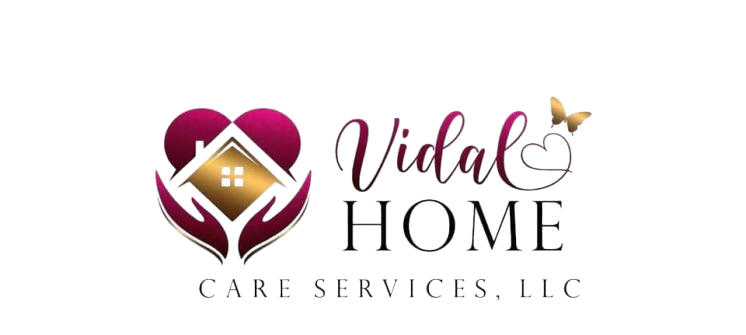Breast cancer awareness month: daily activities, quality of life and medications and nutrition
- Physical Activity and Exercise
Physical activity is essential for both physical and emotional well-being during breast cancer treatment. Engaging in appropriate exercise helps patients maintain strength, improve circulation, reduce fatigue, and boost mood.
Benefits of Exercise: Studies show that regular, moderate exercise can help manage treatment side effects, enhance mood, and reduce anxiety or depression. It can also aid in maintaining a healthy weight, which is important for long-term recovery.
Recommended Exercises:
- Walking: A simple, low-impact activity that can be done almost anywhere. Walking 30 minutes daily can enhance cardiovascular health without overexerting the body.
- Yoga and Pilates: Gentle stretches and breathing exercises in yoga can improve flexibility, reduce stress, and promote mental clarity. Pilates can strengthen core muscles and improve posture, which can be especially beneficial after surgery.
- Aquatic Exercises: Swimming or water aerobics are excellent options for patients with joint or muscle pain, as water reduces the impact on joints while offering resistance for strength-building.
2. Emotional Support and Mental Health
Caring for elderly parents can be emotionally draining, particularly when dealing with complex health issues or the decline of a loved one’s cognitive or physical abilities. Family caregivers may experience:
- Coping with a Cancer Diagnosis: Receiving a cancer diagnosis is an emotionally overwhelming experience. Many patients go through a range of emotions, including fear, sadness, anger, and uncertainty about the future. It’s important to acknowledge these feelings and seek emotional support early in the process.
- Individual Therapy: Speaking with a mental health professional can help patients process emotions and develop coping strategies.
Medications for Breast Cancer Treatment
Breast cancer treatment often involves a combination of medications tailored to each patient’s condition. These include chemotherapy, hormonal therapies, targeted therapies, and immunotherapy. Understanding the role of each medication type and its potential side effects is essential for managing treatment and recovery.
Types of Medications Used in Breast Cancer Treatment
- Chemotherapy:
- Chemotherapy involves using drugs to kill or slow the growth of cancer cells. Commonly used drugs for breast cancer include doxorubicin, cyclophosphamide, and paclitaxel.
- Common Side Effects: Fatigue, nausea, hair loss, low blood cell counts, and a weakened immune system. Managing these side effects through medication, diet, and lifestyle adjustments is crucial.
2. Hormonal (Endocrine) Therapy:
Hormonal therapies block the effects of estrogen, a hormone that can fuel the growth of some breast cancers. Tamoxifen and aromatase inhibitors (like anastrozole and letrozole) are common drugs.
Immunotherapy
- Immunotherapy helps the immune system recognize and attack cancer cells. Pembrolizumab is an example of an immunotherapy drug used in certain cases of breast cancer.
- Common Side Effects: Immune-related side effects like inflammation in various organs (lungs, liver, or intestines), fatigue, and skin reactions.
3. Nutrition During Breast Cancer Treatment
Nutrition plays a key role in managing the side effects of breast cancer treatment and supporting overall health and recovery. Eating a balanced diet rich in essential nutrients can boost the immune system, promote healing, and improve quality of life.
- Macronutrient Balance:
- Proteins: Protein is essential for repairing cells and tissues, especially after surgery or during chemotherapy. Include lean meats (chicken, turkey), fish, eggs, beans, and legumes.
- Healthy Fats: Omega-3 fatty acids (found in fatty fish, flaxseeds, and walnuts) can help reduce inflammation. Avoid trans fats and limit saturated fats, often found in processed and fried foods.
- Complex Carbohydrates: Whole grains (brown rice, quinoa, oats) provide sustained energy and important fiber, which helps manage digestion and blood sugar levels during treatment.
Nutrition and Recovery Post-Treatment
- Rebuilding Strength:
- After completing treatment, focusing on nutrient-dense foods is key to rebuilding strength and recovering. A diet high in vitamins, minerals, and healthy fats supports long-term health and reduces the risk of cancer recurrence.
- Probiotics and Gut Health: Treatment may affect gut health, so including probiotic-rich foods (such as yogurt, kefir, and fermented vegetables) can help restore healthy digestion and boost immunity.
Medication and nutrition are two integral aspects of breast cancer care that go hand-in-hand. While medications focus on targeting cancer cells and managing symptoms, nutrition helps support the body’s resilience during and after treatment. By focusing on a balanced diet and making appropriate adjustments to manage side effects, patients can improve their overall quality of life, enhance recovery, and boost their long-term health outcomes.
